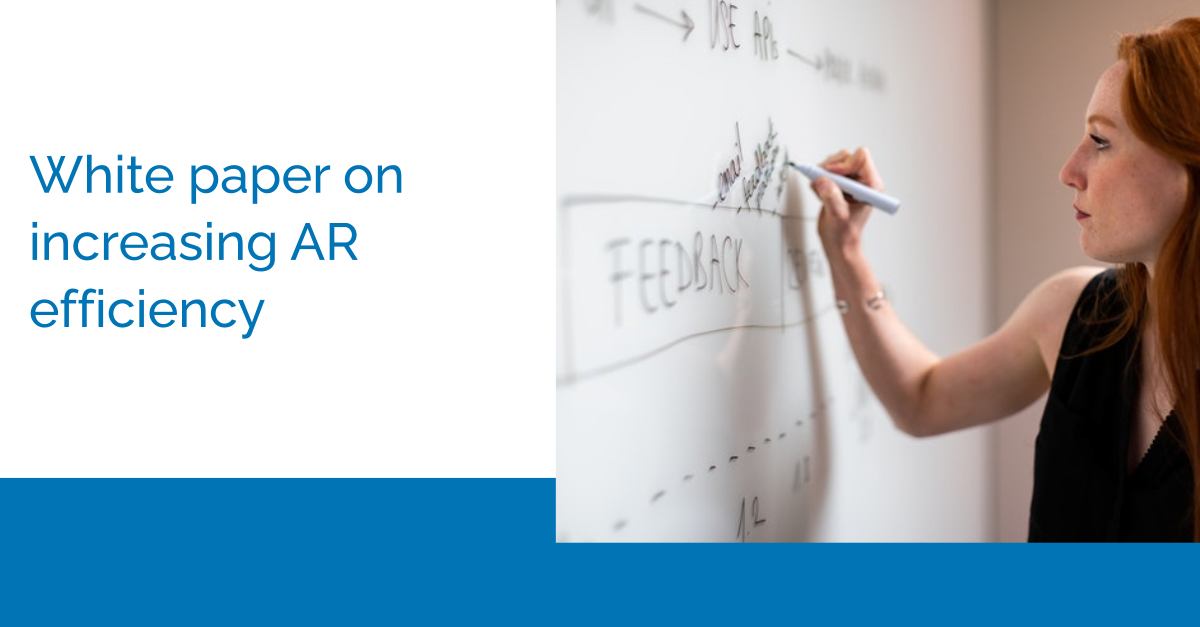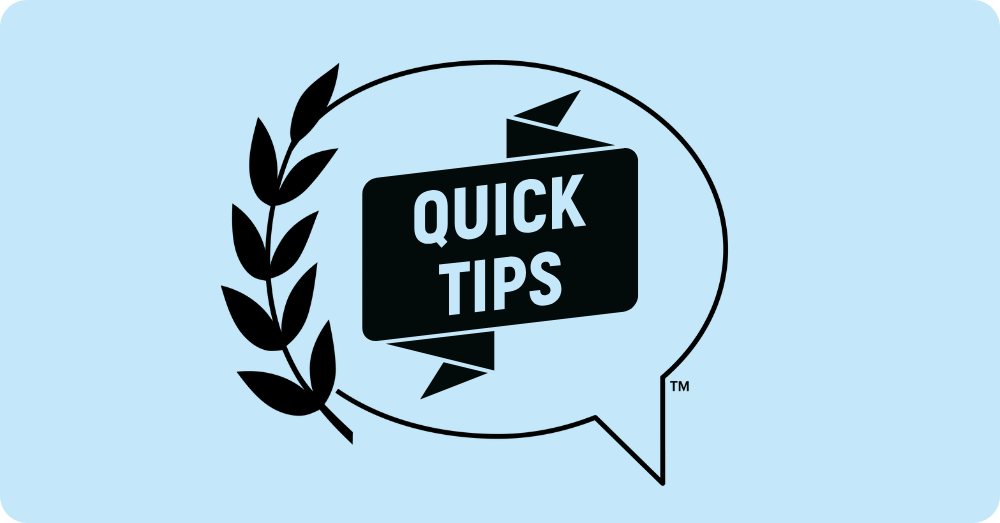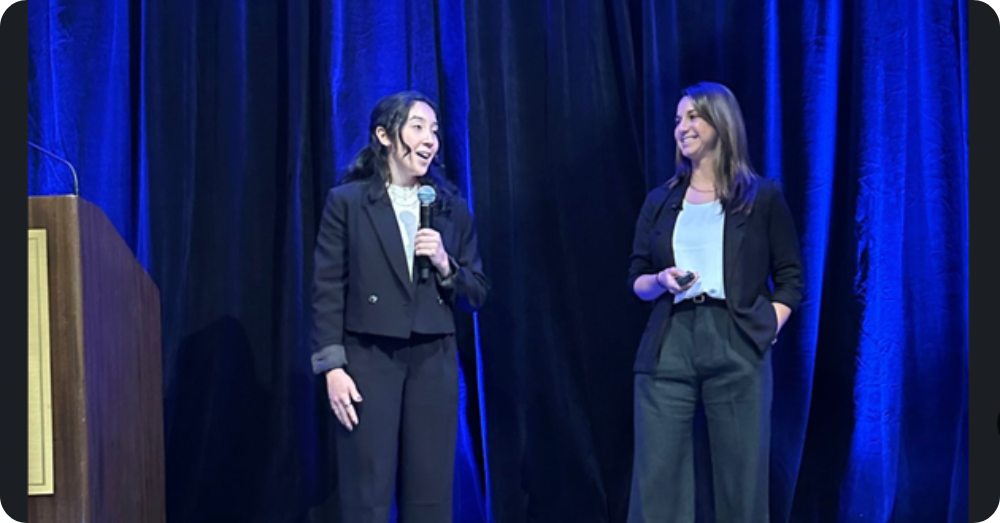In a home with two young boys, we talk A LOT about superheroes (and villains) and their superpowers. If my 6-year-old could have any superpower, it would be invisibility. Flying is a close second. My 9-year-old says he would give up his iPad, gaming console and after-dinner sweets if only he could have superspeed. As for me, the choice is easy: the ability to clone myself, over and over again. (Think Multiple Man, from X-Men.)
I bet many analyst relations (AR) pros would feel the same. To boost AR effectiveness, cloning would be a game-changing – not to mention extremely cool – on-the-job superpower.
Having practiced analyst relations myself over many years, I know it’s often a sprint (a breathless but fulfilling one!) to fit all the requisite activities into each day, without sacrificing quality. While AR professionals may seek to update and influence hundreds of analysts who are relevant to their company, they also battle constant time and resource constraints. In fact, the Institute of Influencer & Analyst Relations (IIAR>) reports that 63% of AR professionals belong to teams with fewer than five people. Prioritizing and tiering analysts and activities become necessities. But cloning ourselves sure would be useful!
Shy of extracting mutant genes or hunting for radioactive spiders, there are real-life ways AR pros can augment their abilities, though. In a newly updated white paper on the ARInsights site, “In Search of Efficiency: Software for Analyst Relations,” author, former analyst and award-winning AR pro Peggy O’Neill shares how software can expedite, automate and improve a host of AR activities.
She notes: “Leading-edge AR programs look for ways to mitigate the problem of tracking analysts, interaction history, metrics and research — given that AR professionals are pulled in many directions, typically work on small teams, juggle strategic and tactical priorities, are in constant meetings and face frequent, near-term deadlines. As the AR profession matures, more AR programs look to software to save time, create efficiencies and improve AR program management.”
The white paper provides information on:
The typical atypical day of an AR pro (no two days are the same!), including the internal and external stakeholders they work with and the multitude of tasks they juggle.
Software options for AR program management – from custom software applications, to generic packaged software such as off-the-shelf PR applications, to AR specialty software such as ARchitect, to no software at all. Where can you save the most time, get the greatest functionality and flexibility, and derive the most value?
The benefits of AR software, in particular, quantifying productivity gains across specific AR activities.
What to look for in AR software, with six key characteristics.
Real-world successes from AR software users, with advice on how to replicate their efficiency gains.
And much more.
We hope you’ll take a read to learn about specific ways AR software can help you scale your AR program and analyst outreach, automate your efforts, and free up time to focus on more strategic priorities.
Another lesson is clear too: AR is long overdue for a wardrobe change! AR pros wear many hats, but they should be donning a cape as well… because being an AR practitioner is a superpower in and of itself!



